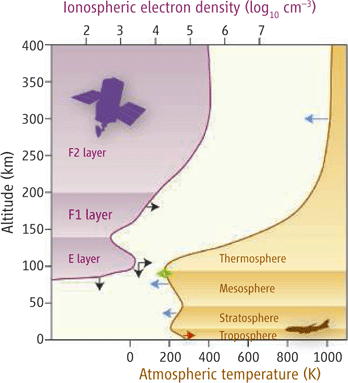Michael Mann & Gavin Schmidt
The precise factors underlying the so-called “Little Ice Age” (LIA) have been intensely debated within the scientific community. One key metric in this debate is the spatial pattern of cooling which may provide a ‘fingerprint’ of the underlying climate change, whether that was externally forced (from solar or volcanic activity) or was part of an intrinsic mode of variability.
Surface temperatures in parts of Europe appear to have have averaged nearly 1°C below the 20th century mean during multidecadal intervals of the late 16th and late 17th century (and with even more extreme coolness for individual years), though most reconstructions indicate less than 0.5°C cooling relative to 20th century mean conditions for the Northern Hemisphere as a whole. There is much less data during these time intervals for the Southern Hemisphere, and that severely limits what conclusions can be drawn there. Just what combination of factors could explain this pattern of observations has remained somewhat enigmatic. A new ingredient in this debate comes with a recent paper in Nature by Lund et al.
[Read more…] about A Linkage Between the LIA and Gulf Stream?
